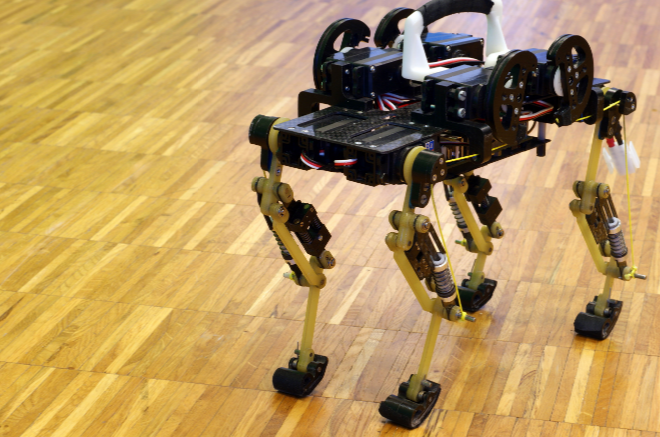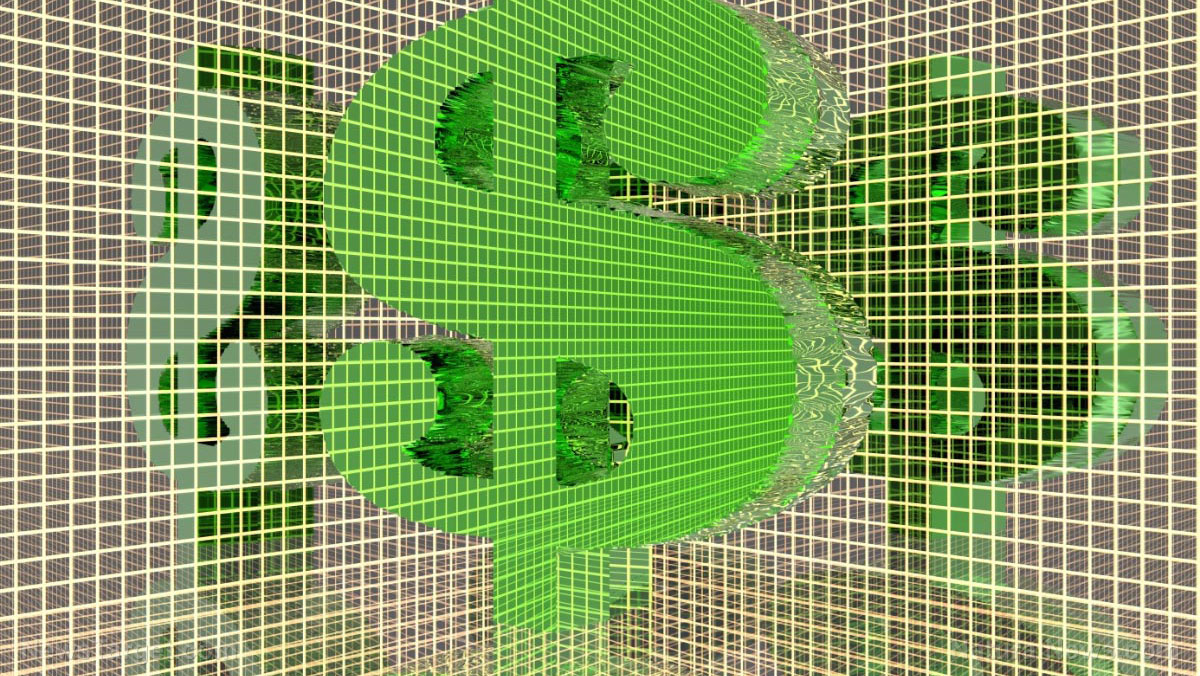
- Kawasaki Heavy Industries unveiled CORLEO, a hydrogen-powered, rideable robotic horse, at the Osaka Kansai Expo. It mimics animal agility with AI-powered navigation and adaptive legs for off-road mobility.
- The robot's design borrows from nature, featuring wolf/horse-like hinged joints, shock-absorbing rear legs and cloven hooves for rugged terrain, while running on a clean 150cc hydrogen generator.
- CORLEO uses hydrogen fuel cells to generate electricity, emitting only water vapor. Its instrument panel displays fuel levels, navigation and ground projections for nighttime use.
- Reactions range from excitement over potential mobility benefits (e.g., disabled access) to skepticism, with critics calling it "vaporware" due to its early prototype stage and reliance on CGI in promotions.
- Kawasaki labels CORLEO a 2050 concept, raising doubts about hydrogen infrastructure readiness. Competitors are advancing smaller rideable robots, but Kawasaki's focus remains speculative for now.
Nature meets engineering with CORLEO – or is it an elaborate ruse?
Hydrogen power is central to Kawasaki's pitch. CORLEO's hydrogen system converts stored hydrogen into electricity, powering the robotic legs without fossil fuels. An instrument panel displays fuel levels and navigation paths and even projects markers onto the ground at night. It's a clever fusion of sustainability and sci-fi – assuming it ever leaves the concept stage. Online, reactions split between awe and eye-rolls. Some hailed CORLEO as "true innovation," with disabled users envisioning newfound access to nature. Others dismissed it as vaporware, noting the slick promo video was mostly CGI. One Reddit user bluntly called it a "late April Fool's joke." Kawasaki's prototype showcased at the expo could barely stand, let alone replicate the video's acrobatics. Kawasaki admits CORLEO is a concept for 2050, not a product whose timeline raises eyebrows. By then, hydrogen infrastructure may or may not be widespread. Competitors like Xiaopeng have already showcased rideable robot animals (albeit toy-sized), while other firms experiment with giant walking carriers. Meanwhile, Kawasaki's ALICE modular train system shared the expo spotlight, suggesting the company is hedging its bets. CORLEO is undeniably imaginative, blending biomechanics, AI and clean energy into a single, wild package. But until Kawasaki proves it can move beyond renders and rigid expo displays, the robo-horse remains a tantalizing "what if." For now, the future of personal mobility still has four wheels – not four legs. Robotics.news has more similar stories. Watch Alex Jones of InfoWars revealing that hydrogen-powered vehicles are the future, not electric cars. This video is from the TNTVNEWS channel on Brighteon.com. More related stories: Transportation company pitches oversized hydrogen-powered drones as air ambulances or sky taxis. Hydrogen-powered train on track for public use in the U.K. by 2020. Technology that turns solar energy into hydrogen fuel nears "practical feasibility threshold" for solar hydrogen generation. Aussie gov't to spend $1.32B on hydrogen power project, but fears of "hydrogen fraud" loom. Sources include: DailyMail.co.uk MSN.com Futurism.com Brighteon.comStudy reveals social media’s stealthy role in the childhood OBESITY crisis
By Ava Grace // Share
Photonic revolution: New chips process data using light instead of electricity
By Cassie B. // Share
“Breaking Banks” explores the digital transformation of finance
By Belle Carter // Share
Destiny USA defaults on $300 million mortgage, raising foreclosure concerns
By Willow Tohi // Share
TAKE IT DOWN Act advances in Congress amid free speech concerns
By willowt // Share
Trump proposes historic $1T defense budget amid global tensions and government spending scrutiny
By bellecarter // Share
U.S. vows to counter Chinese influence in Panama Canal
By avagrace // Share
DOJ and ATF kill Biden's "Zero Tolerance" firearms dealer policy
By lauraharris // Share
POLL: U.S. support for Israel drops to lowest level in decades amid Gaza War
By lauraharris // Share










